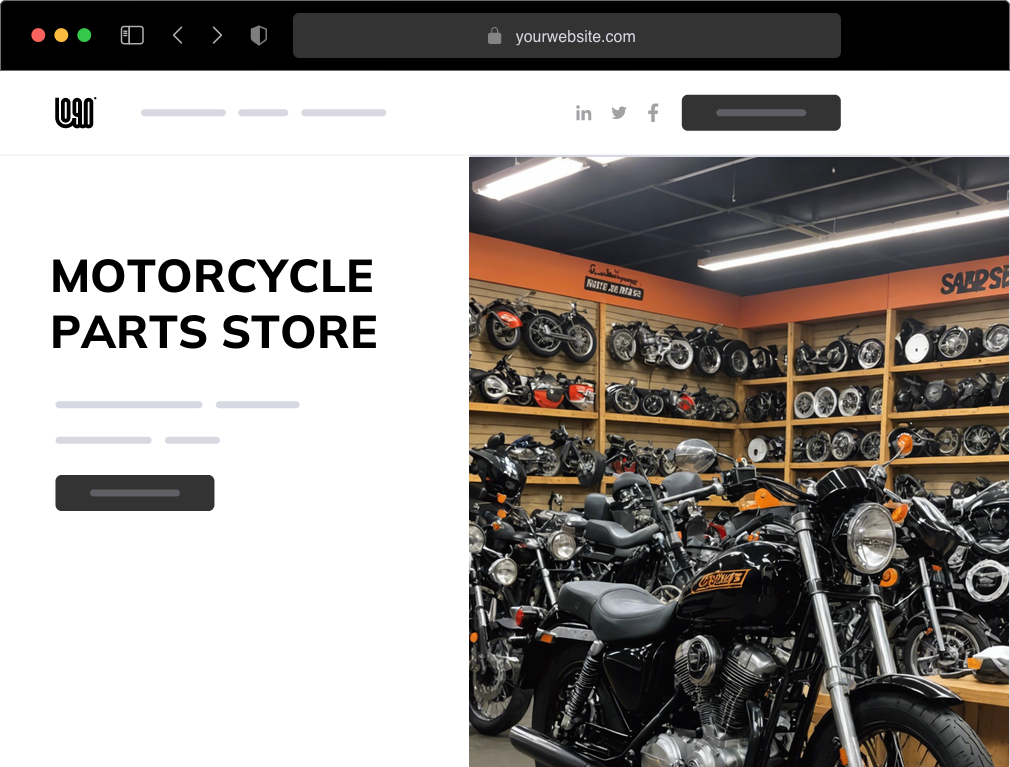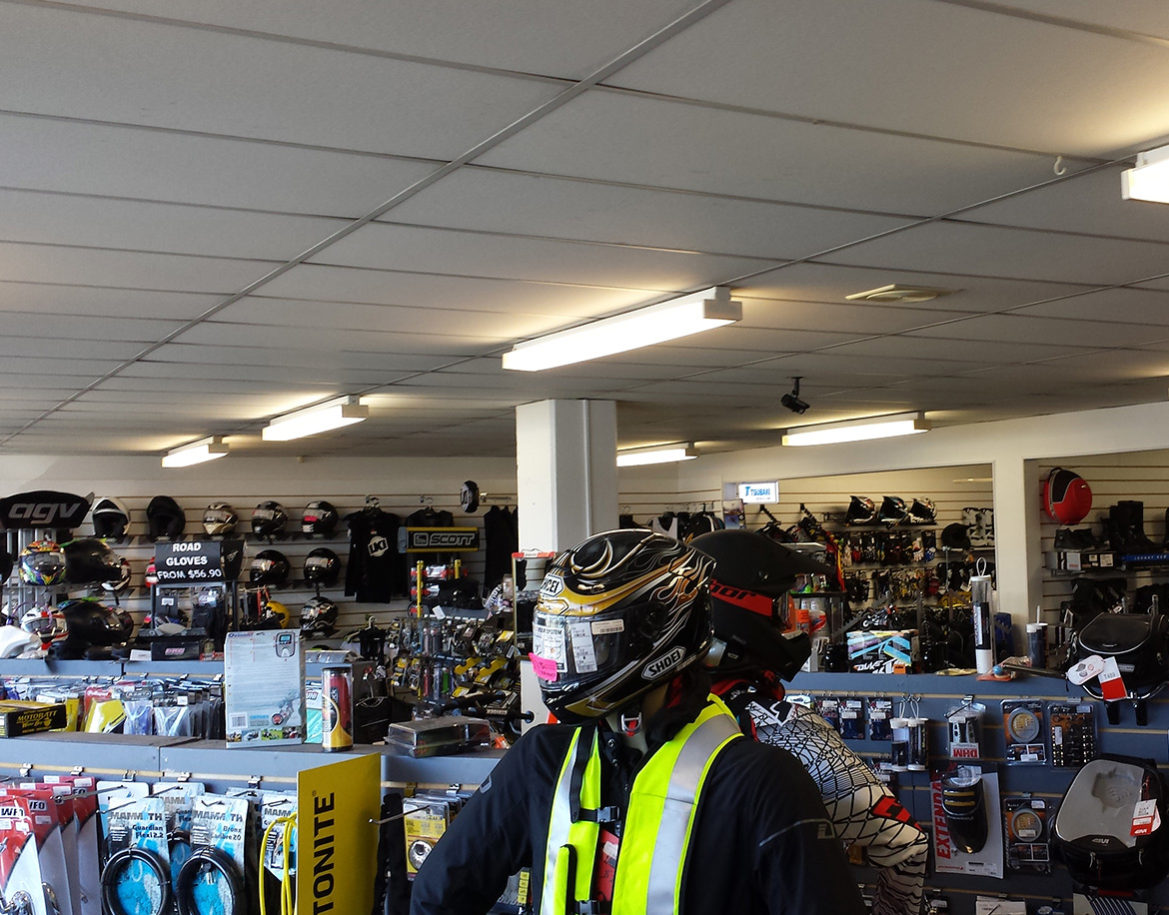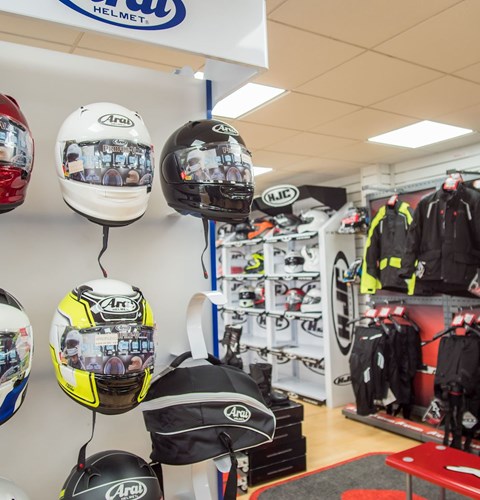Release Performance with Premium Motox Parts NZ Available Here
Release Performance with Premium Motox Parts NZ Available Here
Blog Article
An In-depth Check Out Bike Components: What Every Rider Needs To Know
A detailed understanding of bike parts is not simply beneficial however essential for any type of biker aiming to make the most of efficiency and safety and security. Each component, from the engine's detailed functions to the integrity of brake systems, plays a crucial role in the total experience and functionality of the bike.
Understanding the Engine
The engine, usually considered the heart of a bike, is an intricate assembly of components that operate in harmony to transform gas into activity. At its core, the engine's key function involves the burning procedure, where air and fuel mix and ignite within the cylinders, leading to regulated surges that drive the pistons. These pistons relocate up and down, transforming chemical power right into power, which consequently transforms the crankshaft, inevitably powering the bike.

Understanding the intricacies of a motorbike engine is essential for lovers and cyclists alike. It not just offers understanding into exactly how bikes achieve their excellent power and speed however also aids in reliable maintenance and troubleshooting, ensuring long life and dependability on the road.
Suspension Systems
While the engine powers the motorbike, the suspension system plays an important function in guaranteeing a smooth and controlled trip. The shock absorber is in charge of taking in shocks from the road surface area, maintaining tire contact, and offering security throughout cornering and stopping. It consists of 2 main components: the front forks and the back shock absorbers.
Front forks are usually telescopic, containing a spring and wetting device. The spring presses and prolongs to take in bumps, while the moistening device controls the activity to avoid excessive jumping. This combination makes sure the front wheel remains touching the roadway, using exceptional handling and comfort.
The rear suspension, typically a monoshock or twin-shock configuration, works similarly to the front suspension but is customized to support the motorbike's weight and cyclist - motocross parts nz. It manages rear wheel activity, adding to the bike's general equilibrium and responsiveness
Shock absorber can be adjustable, permitting bikers to adjust preload, compression, and rebound settings according to personal choices and riding conditions. This adjustability improves efficiency by maximizing the motorcycle's communication with diverse surfaces. In recap, an effective suspension system is crucial for rider comfort, safety, and the motorcycle's handling prowess.
Brake Elements
Quiting power is an essential aspect of bike security, and it hinges on the effectiveness of the brake parts. The primary components of a motorcycle's stopping system consist of the brake pads, calipers, blades, and master cylinder. mx gear nz. Each of these parts plays a crucial role in ensuring effective stopping performance
Brake pads are crucial as they create the required rubbing against the rotors to decrease or quit the motorcycle. Constructed from products such as sintered metal or natural compounds, the option of brake helpful hints pad product substantially influences performance and long life. Calipers, housing the brake pads, apply stress to the pads when the brake lever is engaged, facilitating call with the rotors.
The rotors, usually made from stainless steel or actors iron, are mounted to the wheels and work as the surface area versus which the brake pads press. Their design, including diameter and thickness, affects heat dissipation and stopping power. The master cyndrical tube, attached to the brake lever, produces hydraulic stress transmitted through brake lines to the calipers, making certain consistent braking force.
Normal maintenance and inspection of these parts are crucial for ideal efficiency, preventing wear and making certain biker safety and security when traveling.
Tire Essentials
Beyond keeping durable braking systems, making sure ideal tire efficiency is just as substantial for bike safety and security and performance. Tires are the single contact factor between the road and the bike, making their condition crucial in taking care of, security, and general ride top quality.

In addition, consider the tire's age. Rubber compounds weaken in time, also if step appears sufficient. Examine the sidewall for the DOT (Division of Transportation) code to establish the tire's age. Commonly, replacement is recommended every 5 years, no matter wear. Investing interest in these tire basics not just optimizes efficiency yet also substantially boosts riding safety.
Electric Equipments
In the world of motorcycle maintenance, the electrical system plays an important function in making certain reliable performance and rider safety. This elaborate network includes vital elements such as the battery, generator, starter motor, and electrical wiring harness. Each aspect is crucial for the seamless operation of the motorbike, from ignition to lighting and communication with various sensing units.
The battery works as the heart of the electric system, giving the necessary power to start the engine and run devices. Consistently checking the battery's voltage and terminals for deterioration is crucial to stop unexpected failures. The alternator, on the other hand, recharges the battery while the engine is running, ensuring a continual power supply.
The starter motor is in charge of initiating engine operation, converting electric power into mechanical energy. To preserve it, cyclists should pay interest to any uncommon noises or problems during startup. Meanwhile, the wiring harness acts as the car's nerve system, attaching all electrical parts. Ensuring that the cords are intact and totally free from damages is important for making certain and protecting against short circuits functionality.
Verdict

Stopping power is an essential aspect of motorbike safety, and it hinges on the effectiveness of the brake parts. The primary aspects of a motorbike's braking system consist of the brake pads, calipers, rotors, and master cyndrical tube.Brake pads are essential as they produce the necessary friction versus the rotors to slow down or stop the motorbike.Beyond keeping robust braking systems, making sure optimal tire efficiency is equally considerable for motorcycle security and performance.In the world of bike upkeep, the electrical system plays an essential duty in making sure reputable efficiency and cyclist safety and security.
Report this page